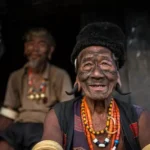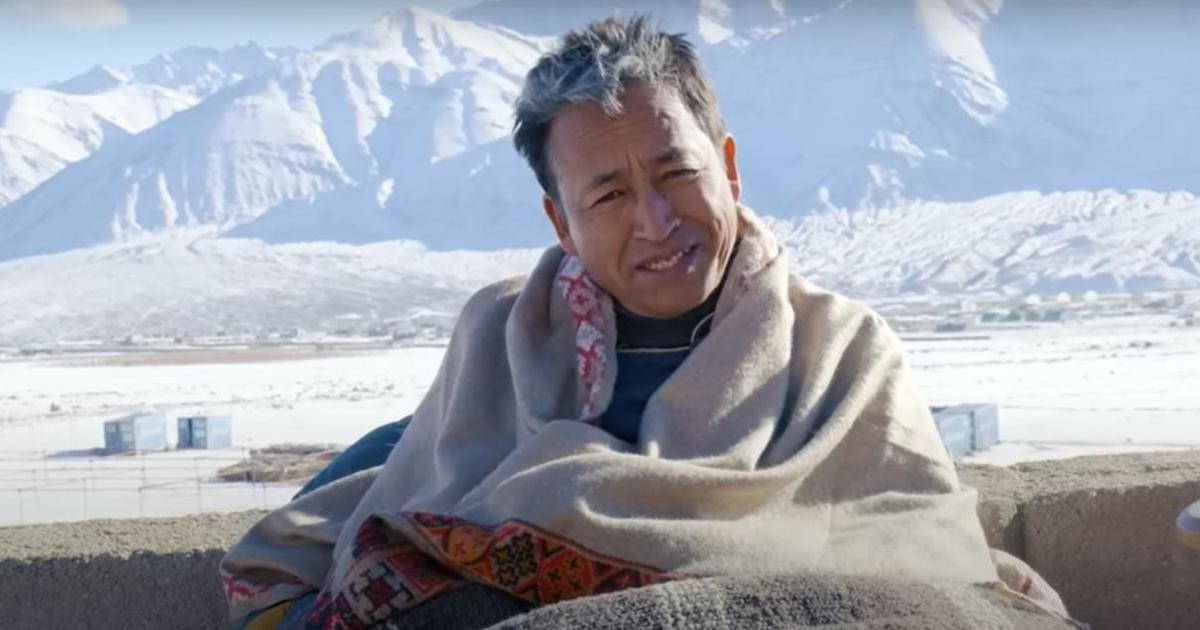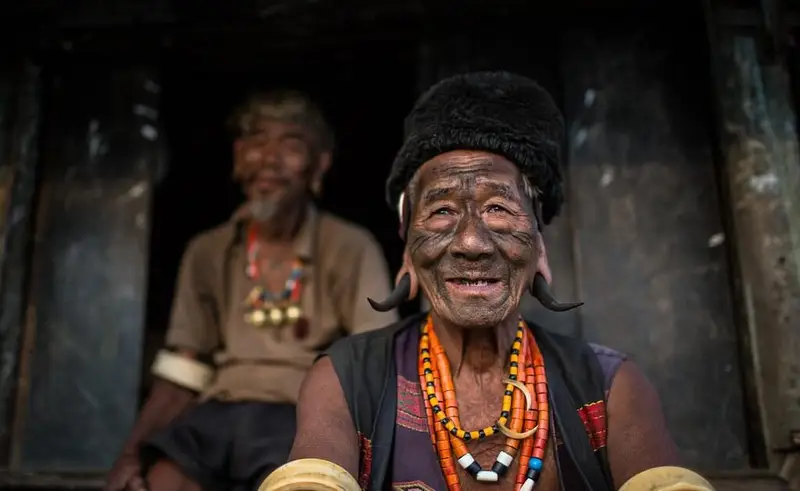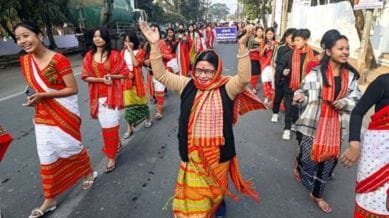The arrest of Sonam Wangchuk, the renowned educationist and activist from Ladakh, has once again brought national attention to a long-standing issue: the legitimate demand for Ladakh’s statehood. For decades, the people of this high-altitude region have felt treated as India’s “stepchild,” marginalized politically, economically, and socially since independence.
Historical Neglect
Since 1947, Ladakh has often been overlooked by successive governments. Initially administered as part of Jammu and Kashmir, the region remained geographically and politically isolated. Development initiatives were slow, infrastructure projects rare, and opportunities for education, healthcare, and employment severely limited. Even after Ladakh became a Union Territory in 2019, locals argue that UT status without legislative powers leaves the region marginalized. Key decisions on resources, land, and economic planning remain largely controlled by bureaucrats in Delhi rather than by local representatives.
The Statehood Demand
The people of Ladakh are demanding full statehood and greater autonomy to protect their unique culture, geography, and livelihoods. Their demands include:
- Full Statehood – Granting Ladakh statehood with its own legislature and elected government to ensure local governance.
- Political Autonomy – Greater powers for local administration to make decisions on development, infrastructure, and resource management.
- Infrastructure Development – Roads, bridges, hospitals, schools, and connectivity that match the needs of this remote and strategic region.
- Economic Development – Support for agriculture, tourism, renewable energy, and local industries to provide employment and improve livelihoods.
- Cultural and Environmental Protection – Safeguarding Ladakhi language, culture, and traditions, while ensuring sustainable use of natural resources.
- Fair Representation – Adequate voice in national policymaking, especially on border security, strategic planning, and central resource allocation.
- Youth and Education Opportunities – Quality education and skill development programs to prevent migration and retain talent in the region.
- Land Rights and Local Empowerment – Protection of land and natural resources for local communities against external exploitation.
Constitutional Safeguards: 6th Schedule and Article 371
To address concerns of autonomy and protection, many Ladakh activists propose constitutional safeguards similar to those in other tribal and frontier regions:
6th Schedule – Provides special administrative and legislative autonomy for tribal areas, allowing Autonomous District Councils to manage land, forests, resources, local governance, and customs. Applying a similar framework in Ladakh could protect its unique geography, tribal heritage, and resources.
Article 371 (and its variants) – Grants special provisions to certain states to safeguard local customs, land rights, and political representation. A Ladakh-specific Article 371-like provision could ensure protection of land, culture, religion, and economic decision-making while giving local people meaningful autonomy.
These constitutional tools offer mechanisms to preserve Ladakh’s identity, while statehood would provide full legislative and political empowerment to address decades of neglect.
Arrests and Suppression
Arresting Wangchuk and other activists undermines dialogue and frames legitimate civic demands as criminal acts. History shows that suppressing peaceful activism does not resolve structural issues—it only deepens resentment and distrust toward authorities.
Ladakh’s demand for statehood is rooted in historical neglect and marginalization. Treating the region as a “stepchild” since independence has left its people struggling for recognition, infrastructure, political voice, and economic opportunities. Combining full statehood with constitutional safeguards like the 6th Schedule and Article 371 protections offers a path to empower Ladakhis, protect their culture, and ensure sustainable development. The government must acknowledge these legitimate demands and engage in constructive dialogue to allow Ladakhis to shape their own future.












